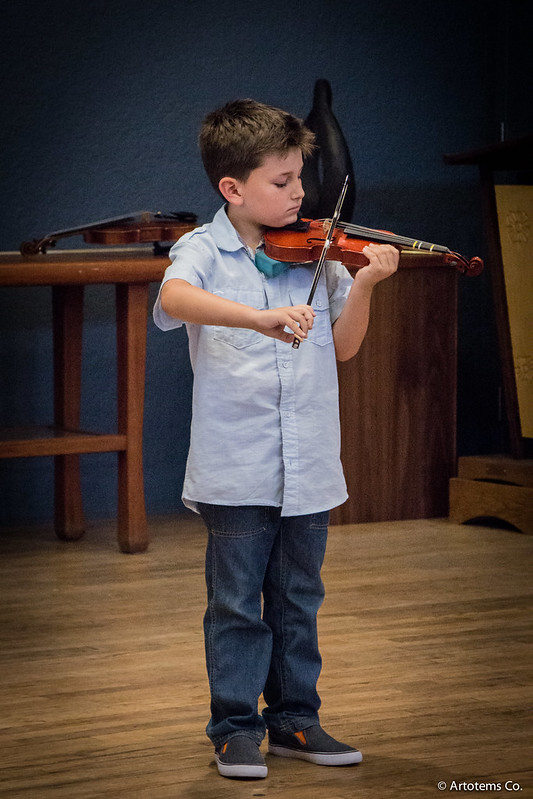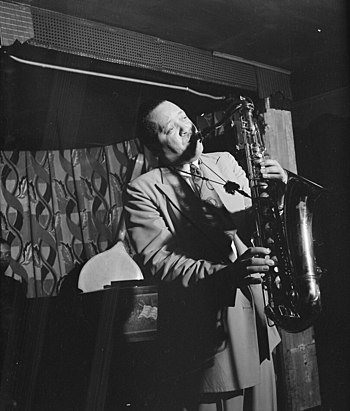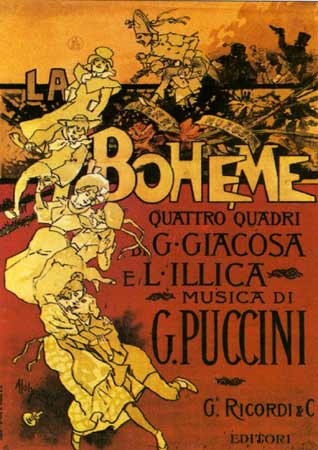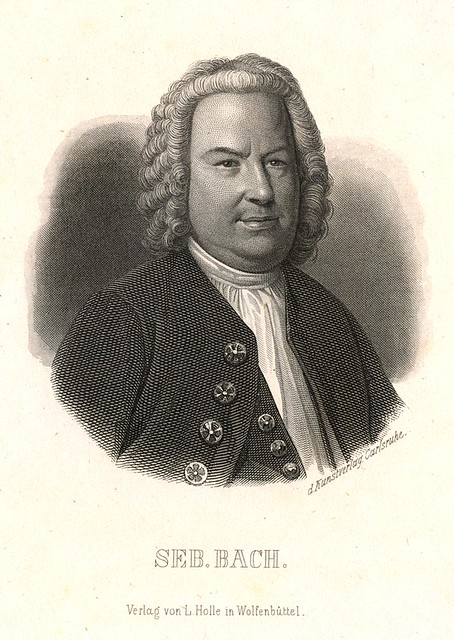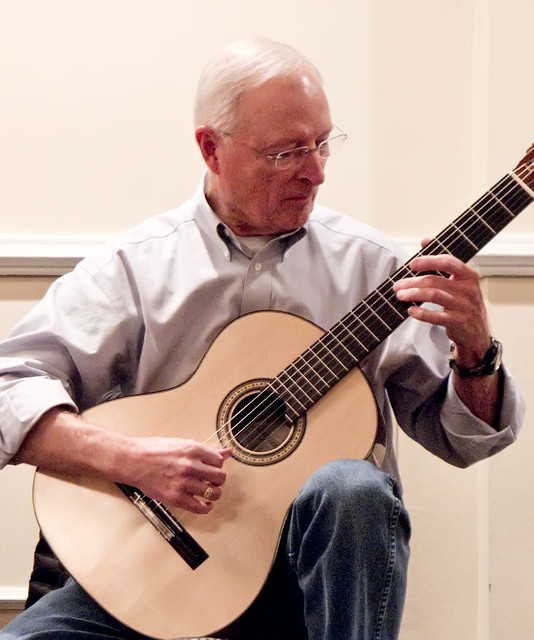 |
| Classical guitar - Photo by ljguitar |
The guitar as we know it today started to take shape during the Renaissance and the Baroque period when it was used mainly as an accompaniment. Cousins of the guitar are the mandolin, balalaika, banjo and lute. There are enough similarities between these instruments to relate them all, but to give a guitar a unique definition, it would be a six-string, fretted instrument tuned between low E (a thirteenth below Middle C) and the E two octaves above. Of course – these are merely the open-string tunings. Notes approaching two octaves above this are achievable through fretting. This tuning allows the guitar’s whole range to be represented on the treble clef, albeit with three ledger lines for the lowest notes.
Playing the classical guitar
The classical guitar is played in the seated position, the curvy shape of the body helping to keep it steady by resting on the thigh. Right-handed players fret with their left hand and pluck with their right, and the highest toned strings are nearest to the ground. If a purely rhythmic sound is required, the guitar can be played using a plectrum strummed across all or some of the strings; the plectrum can also be used to pick out monophonic melodies. More expert players will use their fingers, however. This allows very complex tunes to be played, with bass notes and melodies plating simultaneously. In the hands of a true virtuoso, it can sound to the untrained ear like several musicians are playing at once. Chords can still be played with the fingers, either by simultaneously plucking multiple strings with various fingers or stroking the strings and taking advantage of the instrument’s sustain. Playing with the fingernails gives a sharp, almost rasping sound, whereas playing with the soft front of the finger gives a softer tone.
Composers of classical guitar music
The rich history of the guitar and its forebears means that many composers have written music that can be played on a modern guitar with some degree of success. J.S. Bach is perhaps the most well known, and his many pieces written for the lute and even the cello and violin have found their way onto the classical guitarist’s repertoire. Bach was predated by Dowland and Narvaez, and his contemporary Scarlatti wrote some enduring music that works well on the guitar. In more modern times, Villa-Lobos, Rodrigo and Segovia have written music specifically to be played on the guitar, and Stanley Myers’ classical guitar theme tune to The Deer Hunter proved to be hugely popular.



